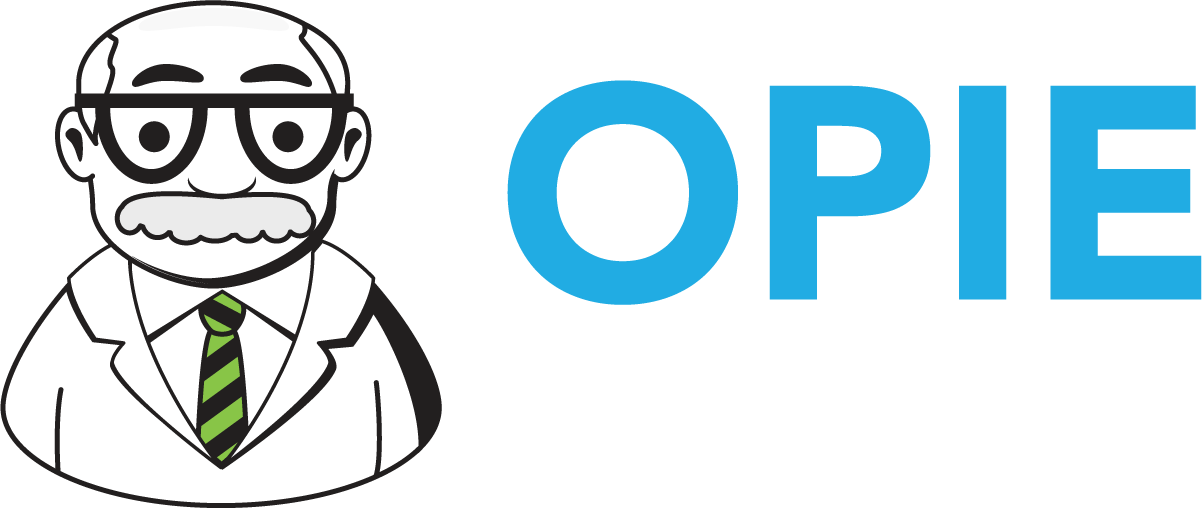The 4 Questions That Will Make Your Best Employees Stay
This week my blog is inspired by an article I read in the Wall Street Journal this week in the “C-Suite Strategies” section. Most of us have been taught that the way to keep our best people is to offer more money, a shinier title, or a few extra perks. Maybe we even try to inspire them with a grand sense of “purpose.” But here’s the reality: these tactics aren’t working anymore.
Today’s workforce is more mobile than ever, with the average employee changing jobs every 3.9 years—and younger professionals are even more likely to move on. The reasons for leaving go far beyond the usual suspects like salary or job title. After years of research and over a thousand job changes analyzed, it’s clear that employees are influenced by a complex mix of factors—30 distinct forces, to be exact—that either push them away from their current role or pull them toward something new.
So, what’s a manager to do? If you’ve ever asked your team what matters to them and gotten vague or awkward responses, you’re not alone. Most people can’t easily articulate what’s driving their career decisions.
The key is to ask smarter, sometimes uncomfortable, questions during regular check-ins. Here are four questions that can unlock real insight:
When Was the Last Time You Almost Quit?
This question isn’t about catching someone in the act—it’s about understanding the underlying forces that might be pushing them away. One person I know starts performance reviews by asking, “What can I do differently? Is there anything I can do to make your job better or easier?” Then she follows up with, “When was the last time you almost quit?”
To get honest answers, you need to create and maintain an environment where employees know their concerns will be taken seriously and won’t be held against them. Acting quickly on feedback, even in small ways, builds trust. Sharing a list of common “push” and “pull” factors can also help employees pinpoint what’s really going on, without making it too personal or uncomfortable.
2. When Did You Most Recently Think That Work Does Not Feel Like Work?
Ask your team to recall a time when work didn’t feel like work—when they were truly in the zone. These moments reveal what pulls them in and keeps them engaged. Dig deeper: Was it the impact they had? The collaboration with others? Understanding these highlights helps you design roles and projects that play to their strengths and keep them energized.
3. What Trade-offs Are You Making To Stay In This Role?
No job is perfect, and everyone makes trade-offs. Maybe someone is sacrificing career advancement for flexibility while caring for a loved one. By identifying these trade-offs, you can better predict future moves and find creative ways to meet their needs—like offering remote work instead of a promotion that demands more office time.
4. If This Job (Role) Disappeared Tomorrow, What Would You Choose to Do?
This question might feel awkward, but it gets to the heart of an employee’s aspirations. Most people aren’t looking to climb the traditional ladder; they might want to move sideways, change departments, or gain more control over their schedule. Understanding this can help you support their growth in ways that actually matter to them—and avoid investing in development paths they don’t want.
Too often, we only learn why someone left after they’re already gone. By having these conversations while your team is still on board—and following through on what you learn—you’ll gain valuable insight, build loyalty, and foster a culture of trust. That’s worth far more than any last-minute retention bonus.

